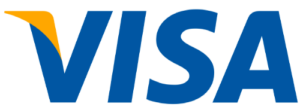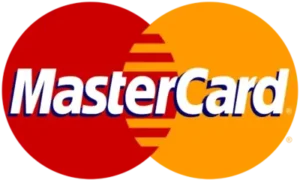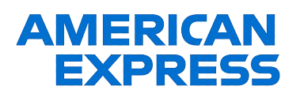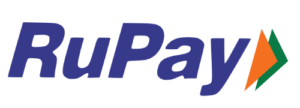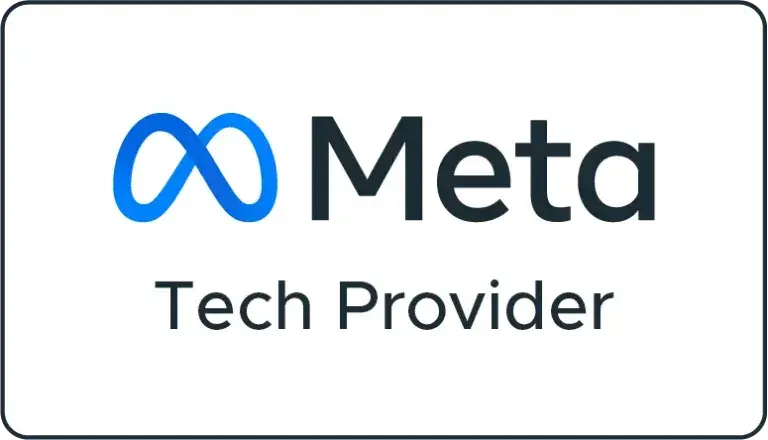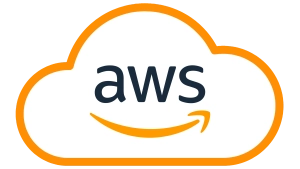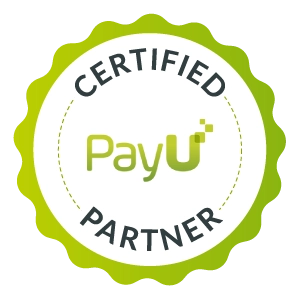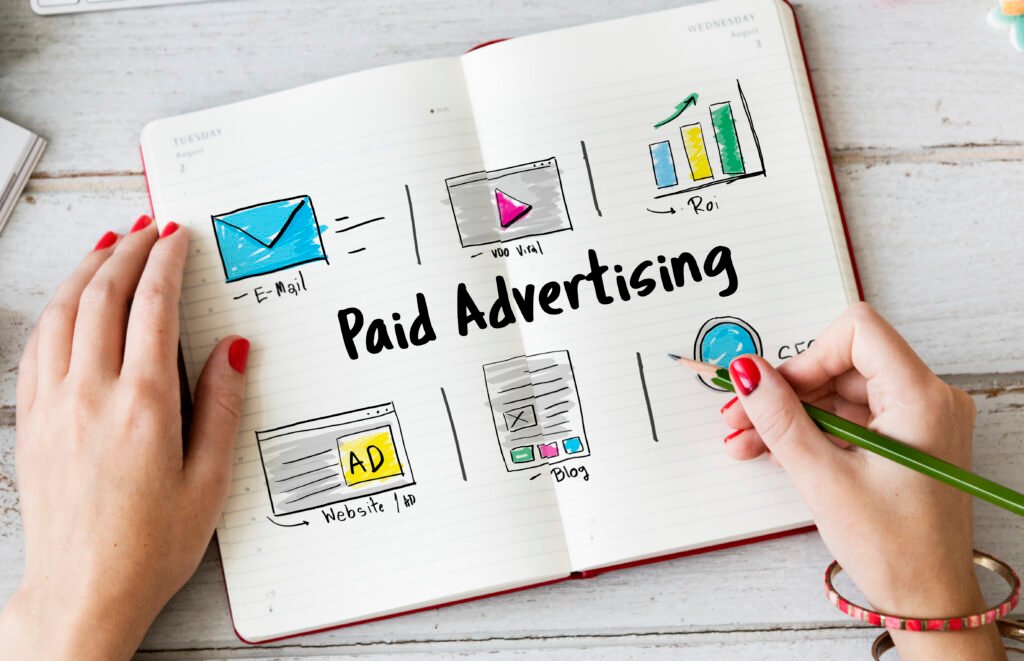
Introduction:
In the ever-evolving world of digital marketing, paid advertising plays a vital role in helping businesses reach their target audience, boost visibility, and drive conversions. Whether you’re a small business owner or a marketing professional, understanding what paid advertising is and how it works is essential to achieving online success. This guide breaks down the concept of paid advertising, its types, benefits, platforms, strategies, and best practices.
1. Understanding Paid Advertising
Paid advertising refers to any form of marketing where businesses pay to display their ads on various platforms, such as search engines, social media, websites, and mobile apps. Unlike organic marketing, which relies on unpaid strategies like SEO or content marketing, paid advertising delivers immediate visibility by placing ads directly in front of a target audience.
Paid ads are typically placed through a bidding system or a set budget, and advertisers are charged based on specific actions—like clicks, impressions, or conversions. The goal is to promote products or services, increase brand awareness, and drive traffic to a website or landing page.
2. Types of Paid Advertising
There are several types of paid advertising that businesses can use, depending on their goals, audience, and budget:
a. Search Engine Advertising (Pay-Per-Click or PPC)
Search engine advertising, especially through platforms like Google Ads and Bing Ads, allows businesses to bid on keywords so their ads appear at the top of search engine results pages (SERPs). Advertisers typically pay only when users click their ads.
Pros: High intent traffic, measurable results, fast visibility
Cons: Competitive and can be expensive for high-demand keywords
b. Display Advertising
Display ads are visual banner ads that appear on websites within a network like the Google Display Network. These ads can include images, videos, and text.
Pros: Visually engaging, great for brand awareness
Cons: Lower click-through rates compared to search ads
c. Social Media Advertising
Platforms like Facebook, Instagram, LinkedIn, Twitter (X), and TikTok offer robust advertising options. Businesses can create targeted ads based on user demographics, interests, behaviors, and more.
Pros: Advanced targeting, strong engagement, visual appeal
Cons: Can require ongoing content creation and testing
d. Native Advertising
Native ads blend seamlessly with the content of the platform they appear on. These ads are often seen in recommended article sections or in-feed placements.
Pros: Less intrusive, more engaging
Cons: May require higher quality content and creative strategy
e. Video Advertising
Video ads appear on platforms like YouTube, Facebook, and Instagram. These are especially powerful for storytelling and demonstrating products.
Pros: High engagement, good for explaining products
Cons: Requires quality production and can be costly
f. Influencer Marketing (Paid Collaborations)
Although not always categorized under traditional paid advertising, influencer marketing involves paying individuals with large followings to promote your products.
Pros: Builds trust, taps into existing audiences
Cons: Varies greatly in cost and effectiveness
3. Benefits of Paid Advertising
Paid advertising offers numerous advantages, especially when combined with organic marketing strategies:
- Immediate Results: Unlike SEO, paid ads can drive instant traffic and visibility.
- Precise Targeting: Target users based on location, behavior, interests, and more.
- Scalability: Increase or decrease budget based on performance and needs.
- Measurable ROI: Track impressions, clicks, conversions, and cost-per-acquisition.
- Brand Awareness: Reach users who may not be actively searching for your product.
- A/B Testing Opportunities: Test different ad creatives, formats, and audiences to optimize results.
4. Major Paid Advertising Platforms
a. Google Ads
Google Ads remains the most popular paid advertising platform, allowing ads to appear on Google SERPs, YouTube, and the Display Network.
b. Facebook & Instagram Ads
Owned by Meta, these platforms offer powerful ad targeting features and are great for both B2C and B2B brands.
c. LinkedIn Ads
Ideal for B2B marketing, LinkedIn allows for precise targeting by industry, job title, and more.
d. Twitter (X) Ads
Twitter is useful for real-time engagement and brand awareness campaigns.
e. YouTube Ads
Perfect for storytelling through video, including skippable and non-skippable ads.
f. TikTok Ads
Great for reaching younger audiences through short-form video content.
5. Setting Up a Paid Advertising Campaign
To get started with paid advertising, follow these basic steps:
- Define Your Goal: Awareness, traffic, leads, or sales?
- Choose a Platform: Based on where your audience spends time.
- Set a Budget: Start small and scale based on performance.
- Identify Your Audience: Use demographics, interests, behaviors.
- Create Ad Copy & Visuals: Keep it clear, compelling, and relevant.
- Set Up Tracking: Use tools like Google Analytics and conversion tracking.
- Launch & Monitor: Track performance regularly and make adjustments.
6. Common Mistakes to Avoid
- Not defining a clear objective
- Targeting too broad or too narrow an audience
- Ignoring A/B testing
- Not optimizing landing pages
- Failing to monitor and adjust campaigns regularly
7. Best Practices for Success
- Keep messaging consistent across platforms.
- Use compelling CTAs (Calls-to-Action).
- Continually test and optimize ads.
- Use retargeting to re-engage past visitors.
- Leverage customer reviews and testimonials.
- Stay updated with ad platform changes and trends.
8. Measuring Paid Advertising Performance
Key performance indicators (KPIs) to track:
- Click-Through Rate (CTR)
- Conversion Rate
- Cost Per Click (CPC)
- Cost Per Acquisition (CPA)
- Return on Ad Spend (ROAS)
- Impressions & Reach
Use tools like:
- Google Analytics
- Facebook Ads Manager
- SEMrush / Ahrefs
- HubSpot
9. Conclusion
Paid advertising is a powerful way to quickly reach your target audience, drive traffic, and increase revenue. While it requires strategic planning, budget management, and continuous optimization, the rewards can be substantial. By understanding how it works and staying updated with the latest trends, businesses can use paid advertising to complement their organic efforts and accelerate growth in a competitive digital landscape.
Whether you’re just getting started or looking to improve your existing campaigns, mastering paid advertising is a smart investment for long-term success

